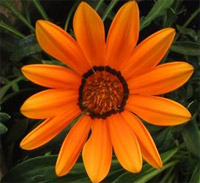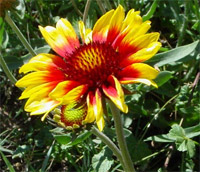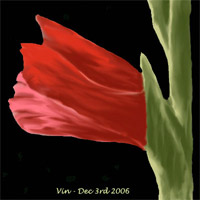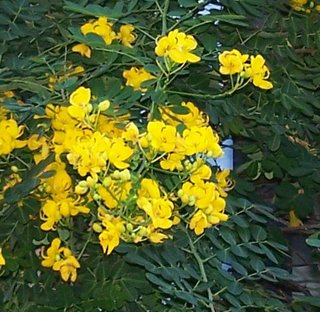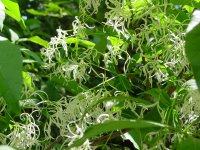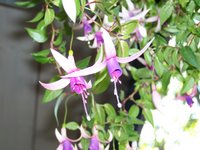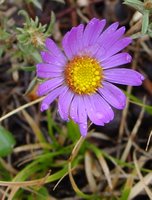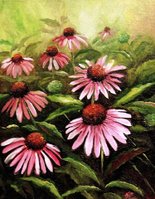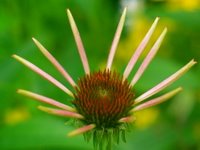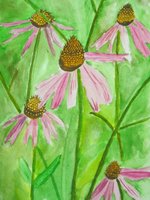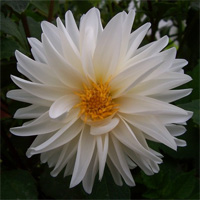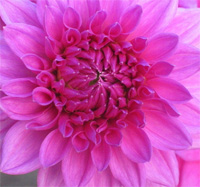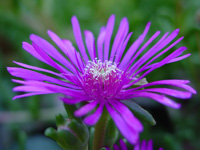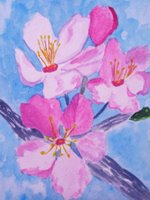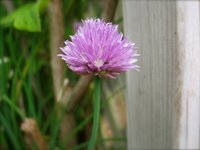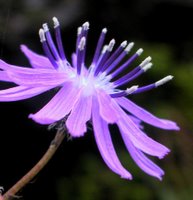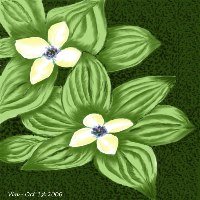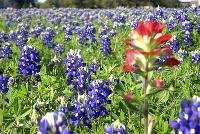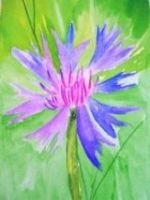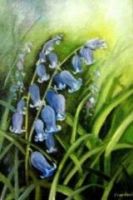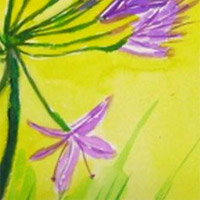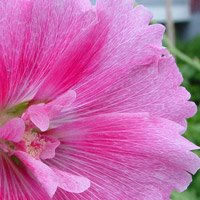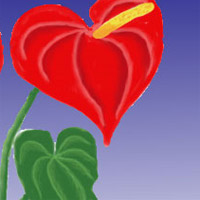H
At Flower Fest, we would like to brighten your winter days with some gorgeous blooms.

Mythreyee has an acrylic composition of the much-loved hibiscus which is a native of the tropical and subtropical zones of the world. Hibiscus is the national flower of South Korea and Malaysia and also the state flower of Hawaii. In addition to their beauty and warmth, they are used in the prevention of high blood pressure.

Vin also chose Hibiscus and shares his creativity with a digital painting. Hibiscus is one of those common yet vibrant flowers that adorns gardens and yards in many homes. Vin enjoyed growing these lovely flowers and using them for worship. Hibiscus blooms in red, pink, white and peach and several combinations of these colors.

Hibiscus is a strong favorite! Shilpa sent in this gorgeous picture of a hibiscus, saying:
"Hibiscus really needs no introduction. Mythreyee and Vin have already given us the needed information with their lovely paintings. They are so widespread and common that sometimes I take their beauty for granted. Humming birds, bees and butterflies love hibiscus too. I wish I had a big, beautiful garden so that I can plant a few varieties of these plants and enjoy nature’s best all the time.
I took this picture in Boston in summer."

Priya shares a watercolor wash of Hardhack which is a shrub that grows in the United States and Canada. Hardhack is a summer flower that grows in sunny and moist places. Hardhack is a cluster of tiny pink or rose flowers. These clusters are long and narrow. And grow along swamps and lake or stream banks.
Sree presents an oil painting of Heliconia which are tropical plants commonly found in America and Pacific Ocean islands as well as Indonesia. The flowers almost look like bananas and there are about 100- 200 species. They are also called Wild Plantian / Lobster Claw and False Bird of Paradise. Feathered friends such as the Hummingbird feast on these wild beauties. Heliconias belong to the family Heliconiacae and are grown as landscape plants and for florists trade.
Manisha has two entries for H.
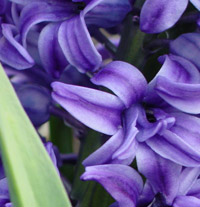
Hyacinthus orientalis, or the common hyacinth, has fragrant clusters of flower on a tall spike. They grow from bulbs and are typically planted in fall for blooms in spring. Manisha grew these beauties in her garden.
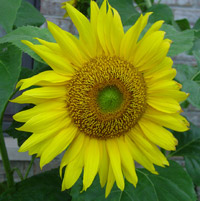
Helianthus annuus, or the common sunflower, really needs no introduction. Manisha grew the Autumn Beauty in her garden.
If you have any entries for "H", please send them to flowerfestival@gmail.com and we will be glad to add them to our show. As we move on to 2007, we will begin with the letter "I", deadline date for which would be Jan 10, 2007.
Flower Fest, Flower Fest Round Up, Round Up H

